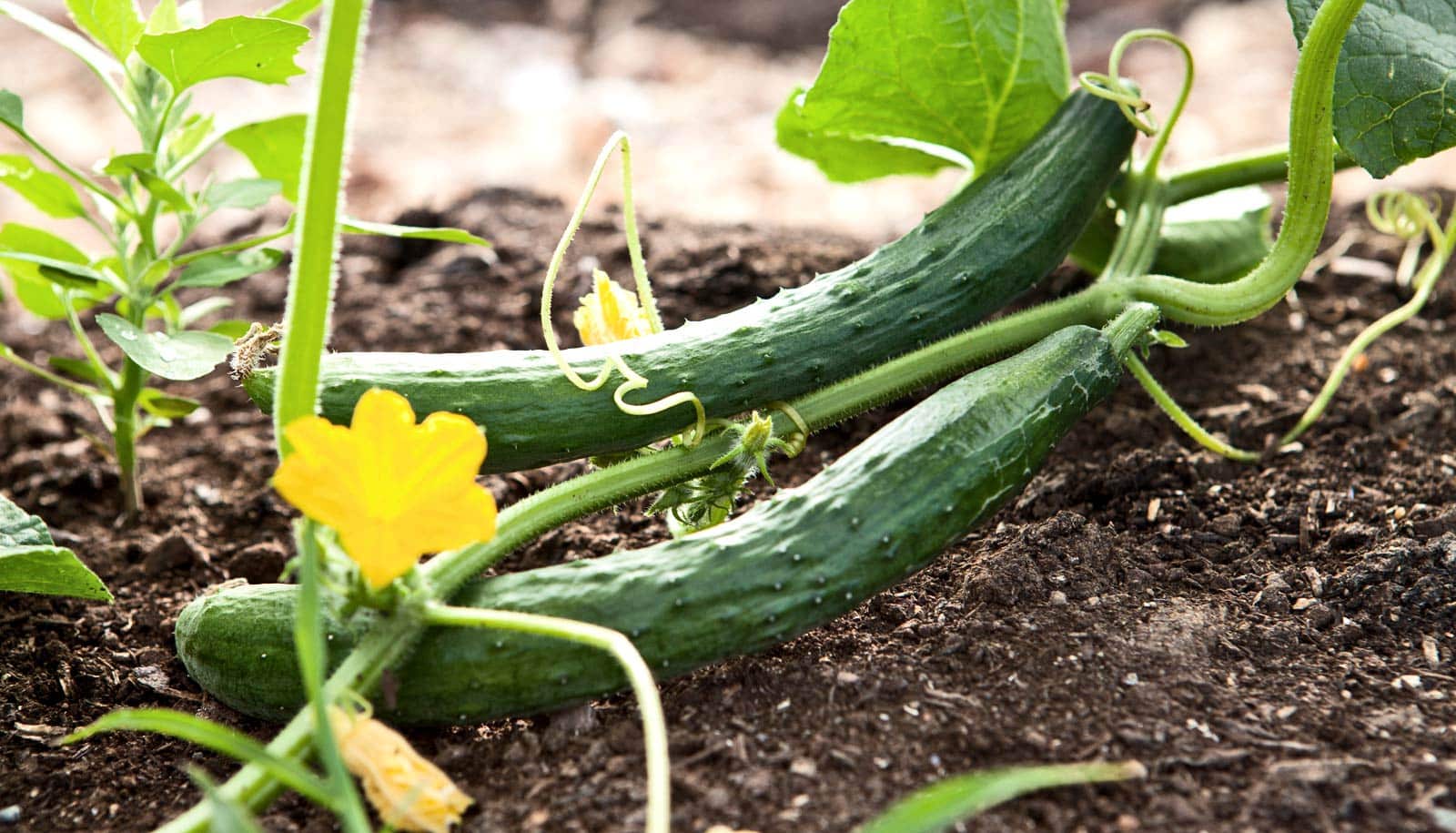Researchers have figured out how plants harness microbes in the soil to get nutrients, according to a new study.
What they learned could help boost crop growth, fight weeds, and slash the use of polluting fertilizers and herbicides.
In a process the team has named the “rhizophagy cycle” (rhizophagy means root eating), bacteria and fungi cycle between a free-living phase in the soil and a plant-dependent phase within cells of plant roots. Microbes obtain nutrients (nitrogen and minerals) in soil, and nutrients are extracted from microbes in the cells of roots.
Research aimed at fighting Phragmites australis, a tall invasive reed found in wetlands in New Jersey and elsewhere, led to the paper, which appears in the journal Microorganisms.
“The rhizophagy cycle appears to occur in all plants and may be an important way plants acquire some nutrients,” says lead author James F. White Jr., a professor in the plant biology department at Rutgers University-New Brunswick. “The discovery that plants actively cultivate and then extract nutrients from symbiotic microbes is new.”
Farmer plants
“The 50 or so species of plants examined so far show evidence that they engage in rhizophagy. Some of the microbes involved in the rhizophagy cycle increase growth of their particular host plants, but inhibit growth of other species of plants,” he says.
The rhizophagy cycle works like this: plants cultivate—essentially farm—microbes around root tips by secreting sugars, proteins, and vitamins, White says.
The microbes grow and then enter root cells at the tips, where cells are dividing and lack hardened walls. The microbes lose their cell walls, become trapped in plant cells, and are hit with reactive oxygen (superoxide). The reactive oxygen then breaks down some of the microbe cells, effectively extracting nutrients from them.
Surviving microbes spur the formation of root hairs on roots. The microbes leave the hairs at the growing hair tip, where the hair cell wall is soft, and microbes reform their cell walls as they reenter soil. The microbes acquire nutrients in the soil and the process is repeated over and over, according to White, who has studied the sustainable cycle for seven years.
Skip the fertilizer?
“People have speculated that plants can get nutrients from microbes, but mechanisms for transfer of nutrients from microbes to plants have been elusive—until now,” he says. “Understanding how this process works may allow us to grow plants without fertilizers or with minimal fertilizers and without herbicides.
“We can manipulate the system to increase the growth of desirable plants and decrease the growth of undesirable plants, potentially using the same microbes.”
Additional authors are from Banaras Hindu University in India and the US Geological Survey.
Source: Rutgers University



